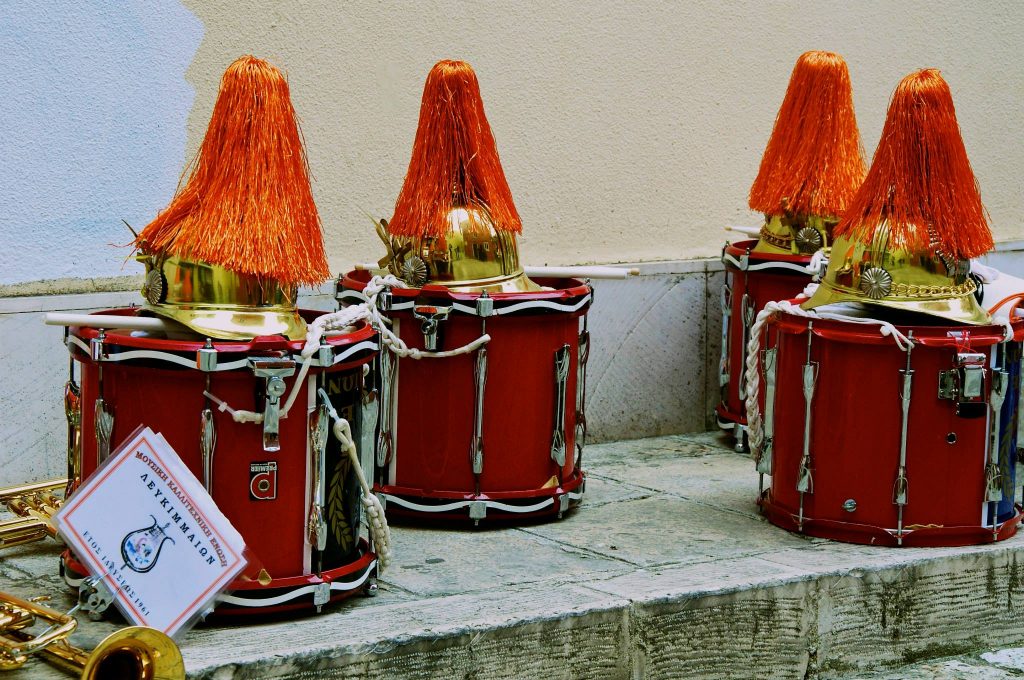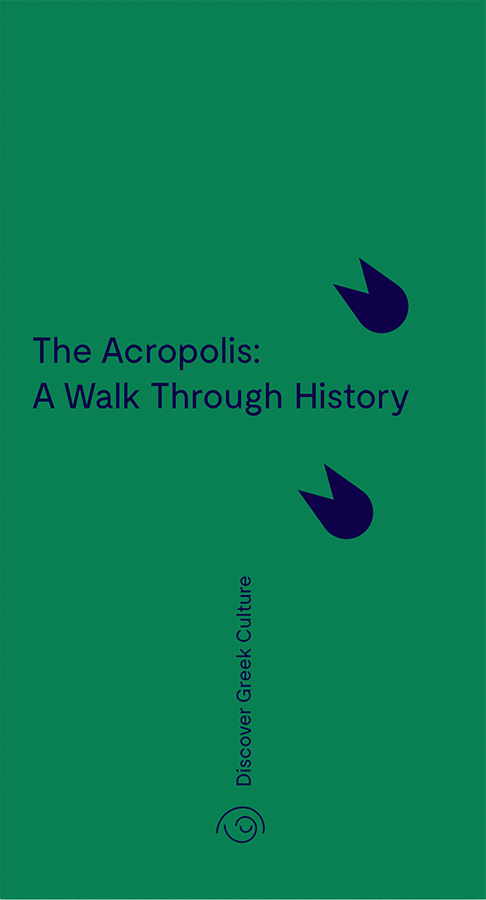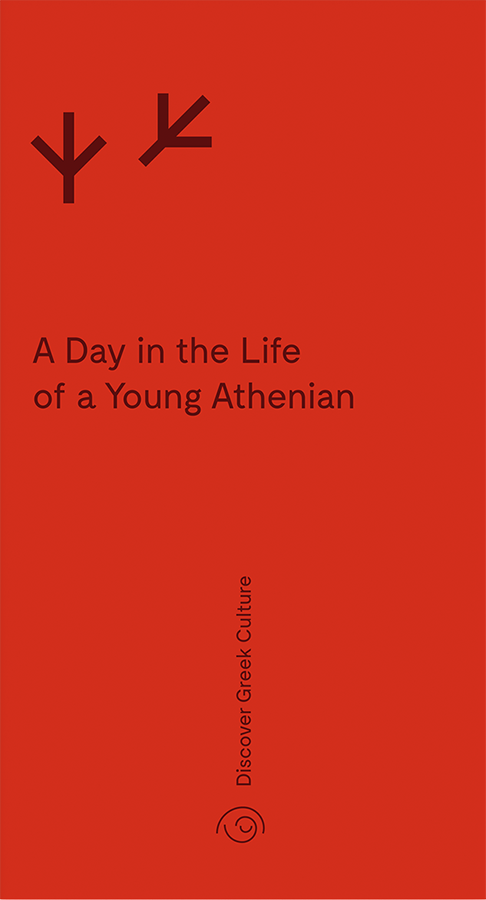Considered by the majority of the Greeks to be the ultimate celebration of the year, Easter celebrations start on Palm Sunday each year in Corfu Old Town with a splendour and glory not seen anywhere else in Greece. The Easter traditions have a relationship with the beginning of Spring, highlighting the uniqueness that has made the Corfu Easter a pole of attraction for Greek and foreign travellers. A week full of brilliance, glamour and excitement make Easter in Corfu a truly special experience.
You shouldn’t miss the opportunity to see the procession of Saint Spyridon. On Palm Sunday, it is held in memory of the plague epidemic that took place in 1629. During this celebration, all 18 philharmonic orchestras of the island take part. While on Holy Monday, the city lights in Liston, the Palace and the streets of the island are illuminated in purple, with the same mourning colour as the Cross in the Old Fortress.
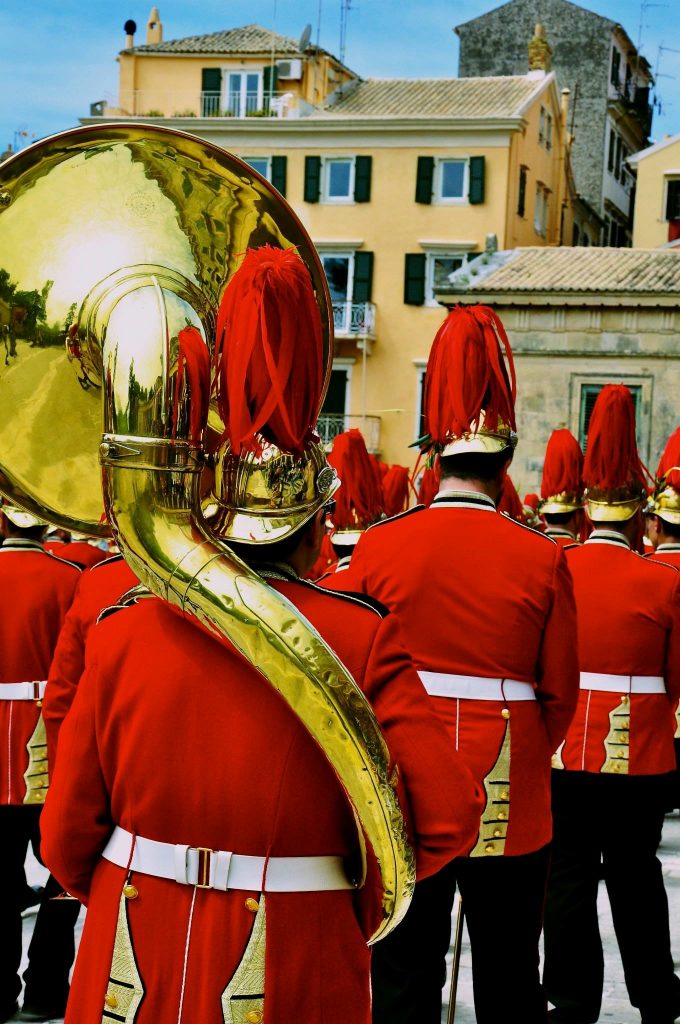
At dawn on Holy Thursday, the Twelve Gospels are read in all the churches of the island, while in the Catholic Duomo there are twelve lighted candles, and every time one of the Gospels ends, it is extinguished by one. Also, the “Washbasin Ceremony” is revived which is the representation of the “washing of the feet of the Apostles by the Lord”. The Catholic Archbishop, as defined in the ritual, after the end of the 12 Gospels will wash the feet of twelve believers, usually children, thus representing the religious tradition, according to which Jesus washed he feet of his disciples.
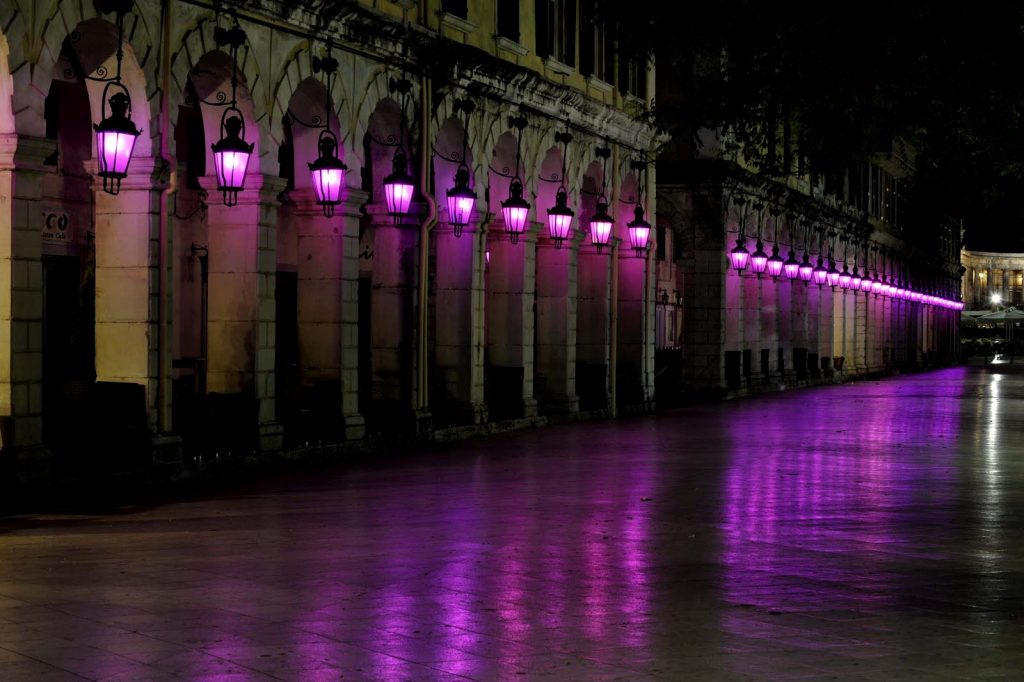
On Good Friday, the Epitaphios processions, during which the embroidered image of the dead body of Christ is placed on richly decorated biers that are carried through the streets have a very different colour, following an impressive ritual as they come out in a certain order and intersect in the Old Town Centre. However, the last procession which starts from the Orthodox cathedral at ten at night and is accompanied by a philharmonic orchestra and Venetian lanterns, catches the eye.
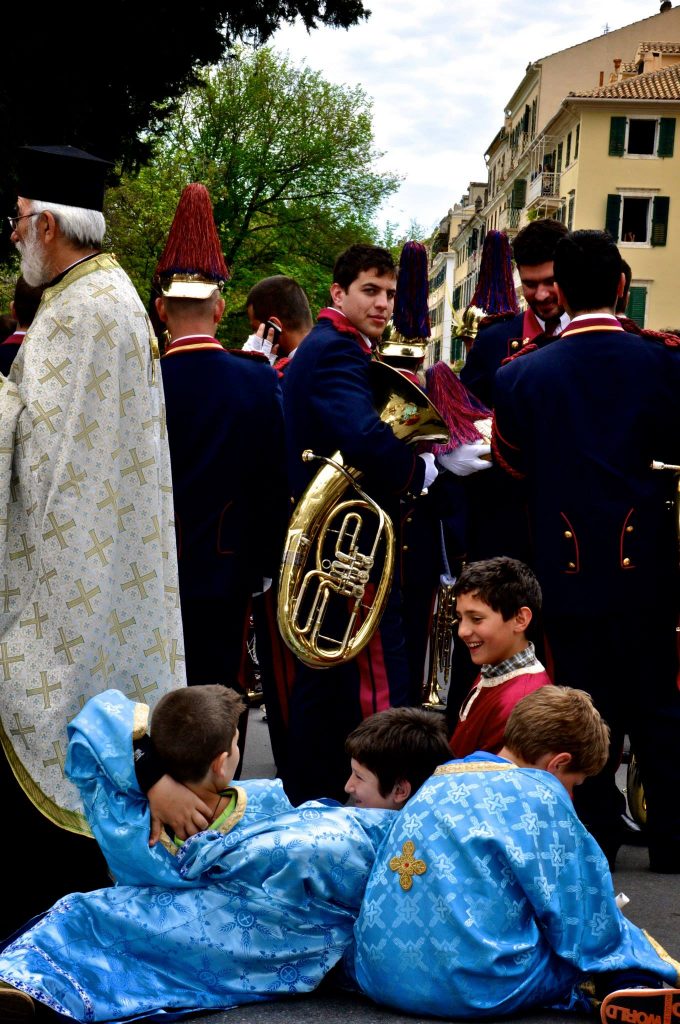
Those processions can last up to 3 hours!
The grandest and most dazzling celebration may be set up on Holy Saturday in Corfu. Starting at sunrise, an artificial “earthquake” occurs in the Church of Our Lady of Foreigners in a representation of the earthquake that occurred, according to the Bible, during the Resurrection. Afterwards, the Epitaphios of the Church of Agios Spyridon, the custom that began during the Venetian occupation, takes place, carrying the relics of Saint Spyridon around Corfu Town, in memory of the salvation of the island from famine. However, the Resurrection in Corfu takes place at eleven in the morning and all the locals and visitors are waiting on their balconies and windows to throw pots referred to as the “botides”, full of water, with the music background of the bells of the churches ringing joyfully.
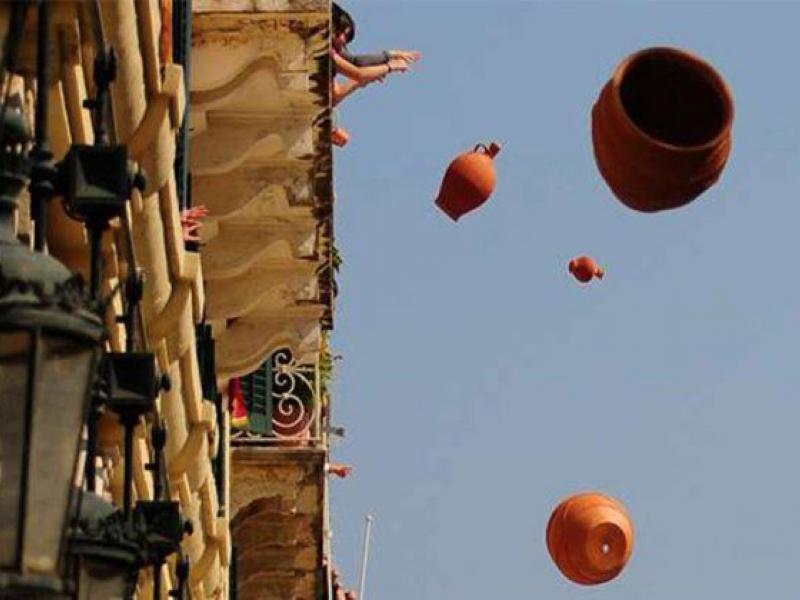
Locals believe the custom helps ward off bad spirits!
On Easter Sunday in each Church, there is a procession of the Resurrection, and of course, the philharmonic orchestras have once again the honour of accompanying the Resurrection procession. After the end of the Sequences, the procession of the Orthodox and the Catholics begins, with a meeting point on the main square. Upon hearing the joyful message of the Resurrection, the city’s philharmonic orchestras will simultaneously play the “Graecoi” march in a spectacular atmosphere. Corfu will shine from the hundreds of sparklers that will fill the sky with colours and will be “poured” into the Ionian Sea, making Easter in Corfu unique and incomparable with the rest of Greece.
